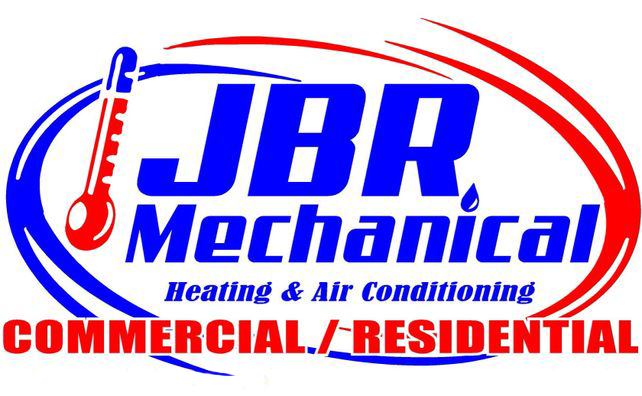
A furnace is usually a background player at home, keeping you warm across the cold winter months. It frequently doesn’t get noticed until a malfunction appears.
One root cause might be that your furnace has a cracked heat exchanger. It’s a potentially dangerous issue, so it’s critical to familiarize yourself with the signs of a cracked heat exchanger and what to do if you believe that is the problem.
What Is a Heat Exchanger in a Furnace?
A heat exchanger transfers heat from the combustion chamber inside your furnace to the air that flows inside the air ducts. It typically does this using coils or tubes that warm the air while functioning as a barrier to keep gas created in the combustion chamber, called flue gasses, from escaping out into your home.
Is a Cracked Heat Exchanger Dangerous?
Given its important role, it shouldn't come as a surprise that a damaged heat exchanger can pose a risk. A crack in the heat exchanger can enable dangerous gasses – such as carbon monoxide, which can be lethal – to circulate across your home.
For obvious reasons, do NOT turn on your heater if you suspect you're dealing with a cracked heat exchanger, as doing so could make the whole family sick. Reach out to an HVAC professional right away if you think your heater has a cracked heat exchanger that should be repaired.
Four Signs of a Cracked Heat Exchanger:
- Furnace turns off: A cracked heat exchanger can cause your furnace to shut off.
- Unusual Smells: If the air leaving your furnace has a strong chemical scent, it might be a sign gas is seeping through cracks in your heat exchanger. These byproducts, which may smell like formaldehyde, are a common warning sign.
- Carbon monoxide alarm goes off or you feel symptoms of poisoning: If a cracked heat exchanger is releasing carbon monoxide in your home, your carbon monoxide alarm could go off or household members could experience signs of carbon monoxide poisoning. Complications include headaches, dizziness, weakness, nausea, vomiting or feeling sleepy. If your alarm goes off or you feel sick, exit the home right away and then call for help.
- Soot: If you find black sooty collecting near the exterior of your furnace, it’s another sign something could be seriously wrong.
What You Should Do if the Furnace Heat Exchanger is Cracked
If you believe your furnace has a cracked heat exchanger, contact a pro with extensive experience in furnace installation Bedford as soon as possible so they can take a look at your system and, if required, handle a furnace heat exchanger replacement. Costs should vary depending on the situation, but estimates can roughly suggest $1,000 to $3,000.
Estimates aside, the good news is that heat exchangers are generally covered by the warranty. You should review the warranty paperwork on your furnace, because while the warranty might not cover the entire cost of repairs, it can significantly lower your bill.
How to Avoid a Cracked Heat Exchanger in Your Home
One of the most convenient ways to avoid problems in your furnace overall is through consistent furnace maintenance. Furnaces provide the best possible return on investment when they operate efficiently. Hiring a skilled professional to check your furnace for broken-down parts, clogs in the air filters and other common problems can keep you from getting a big bill later on.
It’s also a good idea to inspect your furnace filters every few months – it’s recommended some filters be changed every 90 days or sooner if they are dirty or grimy. While the filters aren't a part of the heat exchanger itself, the strain of dragging air through a clogged filter makes your entire furnace work more vigorously to accomplish its job. And the harder your furnace works, the more wear and tear pieces like the heat exchanger will endure.
